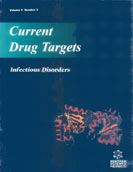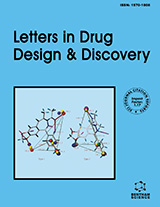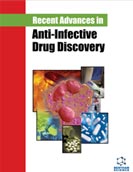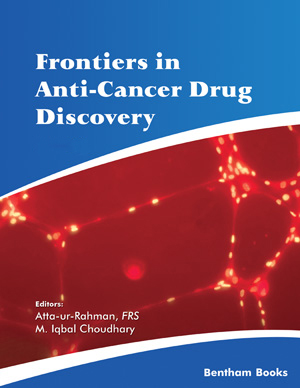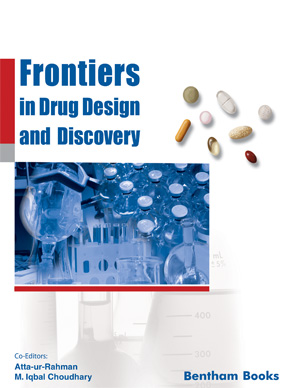Abstract
Although the role of antibiotic treatment in asthma is still disputed, clinical use of antimicrobials in this setting is more widespread than warranted on the basis of indications in the literature. Viral upper respiratory tract infections are known to be involved in asthma exacerbations. More recently, evidence of Mycoplasma pneumoniae and Chlamydia pneumoniae involvement in asthma attacks has been reported both in adult and paediatric populations. These pathogens are also involved in chronic asthma, and both in vitro and animal model studies indicate that atypical agents may play a role in the pathogenesis of the disease. Recent studies on asthma patients with evidence of atypical infection suggest that specific antimicrobial treatment (basically macrolides or fluoroquinolones) may confer additional advantages compared to standard therapy alone. Furthermore, a considerable amount of data has been gathered describing additional effects associated with macrolide treatment (reduced bronchial hyper-responsiveness, altered cytokine production, etc.). These non-antimicrobial effects have been defined as “anti-inflammatory activity”. Should this information be confirmed, the use of macrolides in patients with asthma may be twofold: eradication of occult atypical infection; and reduction in the airway inflammation burden. Future lines of research in this field should attempt to determine whether specific antibiotic treatment may alter the natural history of asthma.
Keywords: asthma, respiratory infections, atypical pathogens, macrolides
Current Drug Targets - Inflammation & Allergy
Title: Potential Role of Antibiotics in the Treatment of Asthma
Volume: 3 Issue: 3
Author(s): Francesco Blasi, Roberto Cosentini, Paolo Tarsia and Luigi Allegra
Affiliation:
Keywords: asthma, respiratory infections, atypical pathogens, macrolides
Abstract: Although the role of antibiotic treatment in asthma is still disputed, clinical use of antimicrobials in this setting is more widespread than warranted on the basis of indications in the literature. Viral upper respiratory tract infections are known to be involved in asthma exacerbations. More recently, evidence of Mycoplasma pneumoniae and Chlamydia pneumoniae involvement in asthma attacks has been reported both in adult and paediatric populations. These pathogens are also involved in chronic asthma, and both in vitro and animal model studies indicate that atypical agents may play a role in the pathogenesis of the disease. Recent studies on asthma patients with evidence of atypical infection suggest that specific antimicrobial treatment (basically macrolides or fluoroquinolones) may confer additional advantages compared to standard therapy alone. Furthermore, a considerable amount of data has been gathered describing additional effects associated with macrolide treatment (reduced bronchial hyper-responsiveness, altered cytokine production, etc.). These non-antimicrobial effects have been defined as “anti-inflammatory activity”. Should this information be confirmed, the use of macrolides in patients with asthma may be twofold: eradication of occult atypical infection; and reduction in the airway inflammation burden. Future lines of research in this field should attempt to determine whether specific antibiotic treatment may alter the natural history of asthma.
Export Options
About this article
Cite this article as:
Blasi Francesco, Cosentini Roberto, Tarsia Paolo and Allegra Luigi, Potential Role of Antibiotics in the Treatment of Asthma, Current Drug Targets - Inflammation & Allergy 2004; 3 (3) . https://dx.doi.org/10.2174/1568010043343624
| DOI https://dx.doi.org/10.2174/1568010043343624 |
Print ISSN 1568-010X |
| Publisher Name Bentham Science Publisher |
Online ISSN 1568-010X |
 3
3Related Articles
-
Pharmacological Targets for the Inhibition of Neurogenic Inflammation
Current Medicinal Chemistry - Anti-Inflammatory & Anti-Allergy Agents Pituitary Adenylate Cyclase-Activating Polypeptide: Focus on Structure- Activity Relationships of a Neuroprotective Peptide
Current Medicinal Chemistry Chronic Obstructive Pulmonary Disease and Oxidative Stress
Current Pharmaceutical Biotechnology Biochanin A Ameliorates Ovalbumin-induced Airway Inflammation through Peroxisome Proliferator-Activated Receptor-Gamma in a Mouse Model
Endocrine, Metabolic & Immune Disorders - Drug Targets Genetic Signatures in the Treatment of Stroke
Current Pharmaceutical Design Solid Phase Extraction Method for the Determination of Cobalt in Water Samples on Duolite XAD-761 Resin Using 4-(2-Pyridylazo) Resorcinol by FAAS
Current Analytical Chemistry Cytokine Expression Profile in Aqueous Humor and Sera of Patients with Acute Anterior Uveitis
Current Molecular Medicine Evolution of Novel Non-Steroidal Anti-Inflammatory Drugs with Reduced Gastrointestinal Adverse Effects
Anti-Inflammatory & Anti-Allergy Agents in Medicinal Chemistry Fibroblast Growth Factor-2 Antagonist and Antiangiogenic Activity of Long-Pentraxin 3-Derived Synthetic Peptides
Current Pharmaceutical Design Adenosine and Adenosine Receptors in the Pathomechanism and Treatment of Respiratory Diseases
Current Medicinal Chemistry Phytochemicals to Prevent Inflammation and Allergy
Recent Patents on Inflammation & Allergy Drug Discovery Transcription Factors in Asthma: Are Transcription Factors a New Target for Asthma Therapy?
Current Drug Targets Molecular Targets of FTY720 (Fingolimod)
Current Molecular Medicine Immunological Targets in Inflammation from the Small Molecule Perspective
Anti-Inflammatory & Anti-Allergy Agents in Medicinal Chemistry Air Pollution and Lung Cancer
Current Respiratory Medicine Reviews Proteoglycan Involvement in Inflammatory Diseases. New Developments in GAG-Based Therapies
Medicinal Chemistry Reviews - Online (Discontinued) Airway Inflammation and Airflow Limitation in COPD
Current Respiratory Medicine Reviews Why is the Incidence of Type 1 Diabetes Increasing?
Current Diabetes Reviews Neglected Tropical Protozoan Diseases: Drug Repositioning as a Rational Option
Current Topics in Medicinal Chemistry 5-Aminoisoquinolin-1-one (5-AIQ), a Water-Soluble Inhibitor of the Poly(ADP-Ribose)Polymerases (PARPs)
Current Medicinal Chemistry


